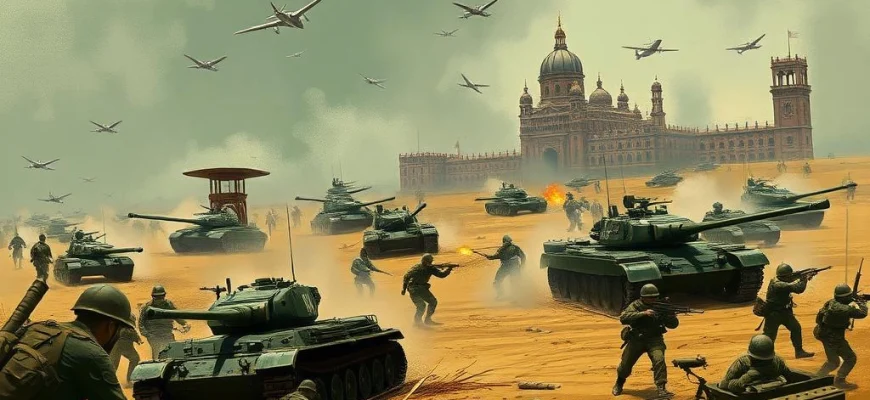If you enjoyed the gritty war drama 'March or Die' (1977), you're in for a treat! This article explores 10 similar movies and shows that capture the same intense action, historical depth, and military themes. Whether you're a fan of war epics or historical adventures, these recommendations will keep you on the edge of your seat.
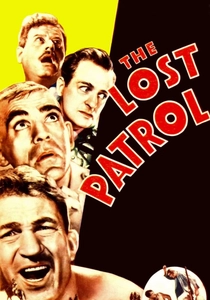
The Lost Patrol (1934)
Description: A tense survival drama set in the desert, where a small military unit faces isolation and existential threats. The psychological strain and hostile environment mirror the reference's themes of endurance and combat.
Fact: The film was remade twice, in 1943 and 1958, but the original remains the most critically acclaimed. It was one of the first films to depict the psychological toll of war.
 Watch Now
Watch Now 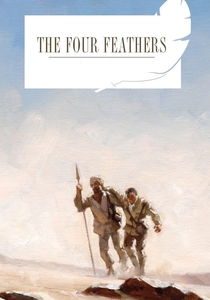
The Four Feathers (1939)
Description: A classic adventure film set in the British Empire, focusing on themes of honor, redemption, and military duty in a foreign land. The story's exploration of personal courage and colonial conflicts aligns closely with the reference.
Fact: The film was shot on location in Sudan, adding authenticity to its desert landscapes. It was one of the most expensive British films of its time.
 Watch Now
Watch Now 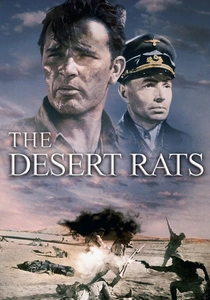
The Desert Rats (1953)
Description: A war film centered on the North African campaign during WWII, highlighting the harsh desert warfare and camaraderie among soldiers. The setting and military focus are key similarities.
Fact: The film is a semi-sequel to 'The Desert Fox,' though it focuses on the British perspective. It features realistic battle scenes for its time.
 Watch Now
Watch Now 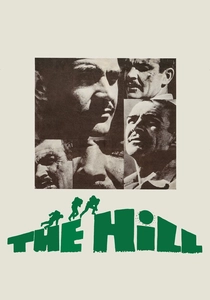
The Hill (1965)
Description: A intense drama set in a British military prison in North Africa, focusing on psychological and physical brutality. The harsh environment and themes of authority and resistance align closely.
Fact: The film was shot in black and white to emphasize its gritty tone. It marked a departure from traditional war films by focusing on internal conflict rather than battles.
 Watch Now
Watch Now 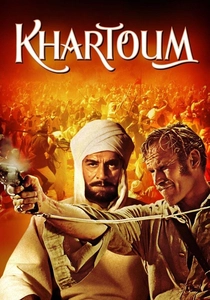
Khartoum (1966)
Description: A historical epic about the Siege of Khartoum, featuring grand battles and political maneuvering in a desert setting. The military strategy and colonial backdrop are strong parallels.
Fact: The film was shot in Ultra Panavision, a rare widescreen format. It was one of the last major historical epics of the 1960s.
 Watch Now
Watch Now 
The Professionals (1966)
Description: A gritty Western-style adventure set in Mexico, featuring a team of mercenaries on a dangerous mission. The blend of action, rugged landscapes, and moral ambiguity aligns well with the reference.
Fact: The film was a box office success and helped redefine the action genre in the 1960s. It was noted for its sharp dialogue and ensemble cast chemistry.
 Watch Now
Watch Now 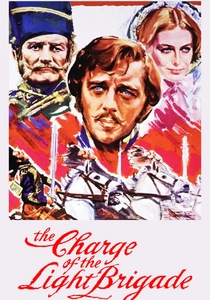
The Charge of the Light Brigade (1968)
Description: A dramatization of the infamous military blunder, blending action, tragedy, and historical critique. The film's depiction of flawed leadership and brutal combat resonates with the reference.
Fact: The film used animated sequences by Richard Williams to depict certain battles. It was controversial for its anti-war message at the time.
 Watch Now
Watch Now 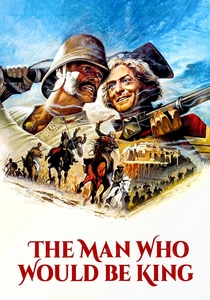
The Man Who Would Be King (1975)
Description: A grand adventure about two British soldiers seeking fortune in a remote land, blending action, humor, and tragedy. The exotic setting and themes of ambition and downfall are key similarities.
Fact: The film was in development for over 20 years before production began. It was based on a short story by Rudyard Kipling.
 Watch Now
Watch Now 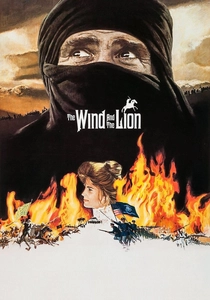
The Wind and the Lion (1975)
Description: An epic adventure inspired by true events, blending political intrigue, desert landscapes, and swashbuckling action. The exotic setting and themes of colonial resistance are strong parallels.
Fact: The film was loosely based on the Perdicaris incident of 190It was praised for its lush cinematography and sweeping score.
 Watch Now
Watch Now 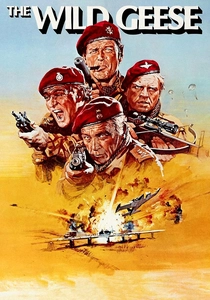
The Wild Geese (1978)
Description: A mercenary-led mission in Africa, combining intense action with themes of loyalty and survival. The film's focus on a small group of soldiers in a hostile environment is a key similarity.
Fact: The film was based on a novel inspired by real mercenary activities in Africa. It became a cult classic despite mixed initial reviews.
 Watch Now
Watch Now 
